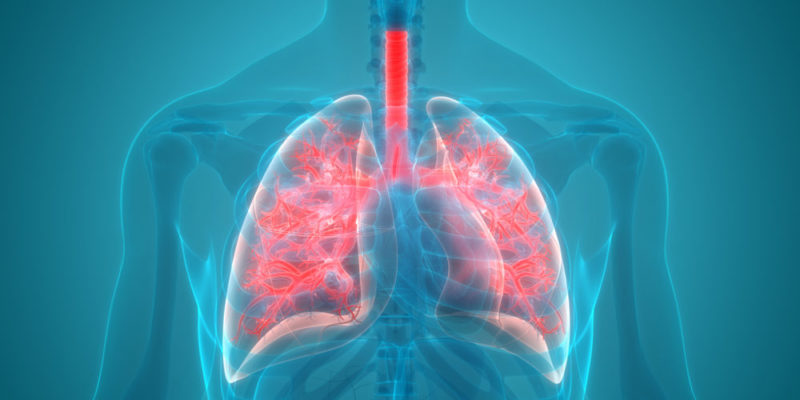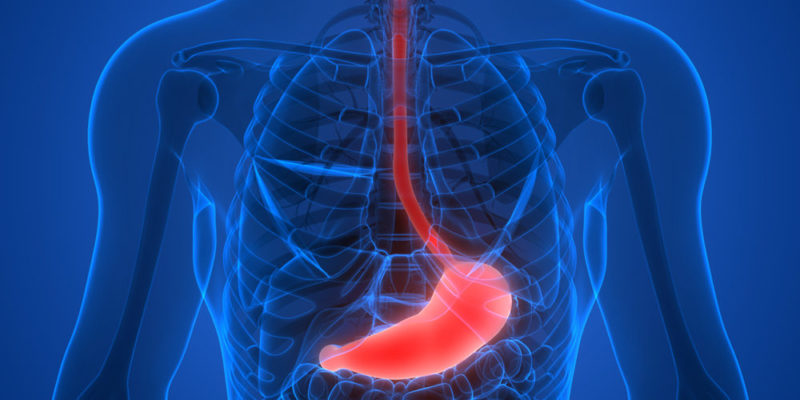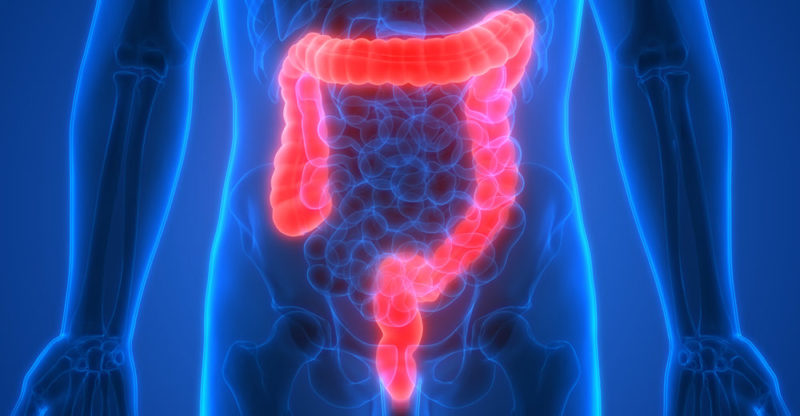We explain what the digestive system is and what its various functions are. In addition, its general characteristics attached glands.
What is the digestive system?
The digestive system is a set of organs that are constituted to be able to process food and whose objective is to decompose and transform into food for the cells of the body . The digestive system consists of different parts. Each of these performs a fundamental task for the transformation of food.
The digestion process is similar in all mammalian animals . In this device, food is ingested through the mouth, it is processed with the help of different enzymes and glands that convert it into nutrients for the body. That food that does not serve as a nutrient is discarded through urine or as fecal matter.
The digestive process commonly takes between 2 and 4 hours . However, certain nutrients can be completely assimilated by the body after several days of ingestion.
Characteristics of the digestive system :
digestive system function

The digestive system aims to convert food into protein so that the cells of the body are fed. However, the process can be defined in 4 stages or steps:
- Transport. Receive the food.
- Secretion. It breaks down food through gastric juices.
- Absorption. Transform into nutrients.
- Excretion. Those foods that do not serve as nutrition are eliminated from the body.
-
Mouth
chewing and saliva
During the chewing of food, (which occurs in the mouth) saliva fulfills an essential function since it breaks down some of the food to form the food bolus that will pass to the stomach. On the other hand, saliva also promotes digestion and helps destroy bacteria that enter through the mouth.
-
pharynx
 The food then briefly passes through the pharynx . This is a tube through which both air , oxygen and food circulate and is located in the neck. The food then passes down the esophagus, which in humans is 30 cm long.
The food then briefly passes through the pharynx . This is a tube through which both air , oxygen and food circulate and is located in the neck. The food then passes down the esophagus, which in humans is 30 cm long.
Esophagus
This muscle is the one that carries food to the stomach . It is located in the neck and is part of the digestive system, but oxygen also passes through there, therefore it is part of the respiratory system and the digestive system at the same time.
There is a kind of lid (the epiglottis) located in the larynx (respiratory system) whose function is to close the trachea so that the food is diverted towards the pharynx and does not continue through the esophagus. When this fails and a drop of saliva or food particle continues down the esophagus, a violent cough and choke ensues, forcing food back into the mouth immediately.
-
Stomach
 Once in the stomach , the food mixes with the gastric juices . These juices allow the disintegration of the food bolus. In turn, this allows them to pass to the small intestine.
Once in the stomach , the food mixes with the gastric juices . These juices allow the disintegration of the food bolus. In turn, this allows them to pass to the small intestine.
Small intestine
This is divided into 3 parts: the duodenum, the jejunum and the ileum.
- the duodenum. It measures 25 cm in length and is responsible for absorbing nutrients, especially iron . It is the duodenum that is responsible for activating the hunger signals.
- the jejunum. It is between 1.5 and 2.5 cm long and is located between the duodenum and the ileum. The function is to absorb the substance of food. In this part, carbohydrates , proteins and lipids are broken down to a minimum .
- the ileum It measures 7.5 cm long. It is responsible for the absorption of vitamin B12 and the absorption of already digested food.
-
The large intestine and anus
 The large intestine can be subdivided for study into 4 parts: the cecum, colon, rectum, and anal canal.
The large intestine can be subdivided for study into 4 parts: the cecum, colon, rectum, and anal canal.
- The blind. It is shaped like a sack and has many substances that facilitate the digestion process.
- the colon. It is the largest part of the large intestine and is subdivided into:
- Ascending colon
- Transverse colon
- Descending colon
- The rectum. This section measures between 15 and 20 cm. Its function is to collect the waste previously eliminated in the process and retains it until it is later expelled.
- The anal canal. It measures about 4 cm in length. In the walls of this canal are internal and external muscles called sphincters that control the excretion of fecal matter from the body.
Associated organs or glands

The function of the accessory organs is to break down food and facilitate the digestion and absorption of nutrients in the body. These glands are:
- Salivary glands. They are those that are in the mouth and secrete saliva. This saliva serves to moisten food but also fights some bacteria found in food.
- Gastric juices. These juices are found in the stomach. They also facilitate the breakdown of food into nutrients.
- Liver. This is the largest gland in the human body. They have the function of manufacturing bile (through which fat is absorbed ). It also detoxifies the body and stores vitamins. Inside the liver is the gallbladder. The bile produced in the liver is stored here and will be used when the food is in the duodenum.
- Pancreas. It is responsible for the secretion of insulin. This is essential for the regulation of blood sugar . The failure of the pancreas generates the disease of Diabetes .
-
The work of enzymes
The above content published at Collaborative Research Group is for informational and educational purposes only and has been developed by referring reliable sources and recommendations from technology experts. We do not have any contact with official entities nor do we intend to replace the information that they emit.
Passionate about understanding and contributing to a world that does not stop changing. New forms of Work, Sustainability and Technology. For many years he has worked as a creative for large international companies. He has a Ph.D. in information technology and he has been doing quantitative research in the interdisciplinary areas of information systems, cyber security, data analytics and artificial intelligence. He continue to look for creative solutions through technology to help companies to be more humane and sustainable..
Leave a reply
Your email address will not be published. Required fields are marked *Recent post

Sport: What Is It, Types, Risks, Features, Characteristics and Examples

Dogs: Emergence, Features, Characteristics, Feeding and Breeds

Story: Definition, Elements, Structure, Features and Characteristics

